Vickers Vanguard 952, G-AXOP Report on the accident at Hochwald/Solothurn, Switzerland on 10 April 1973
- Commander: Capt Anthony Dorman, deceased
- Commander: Capt Ivor Terry, deceased
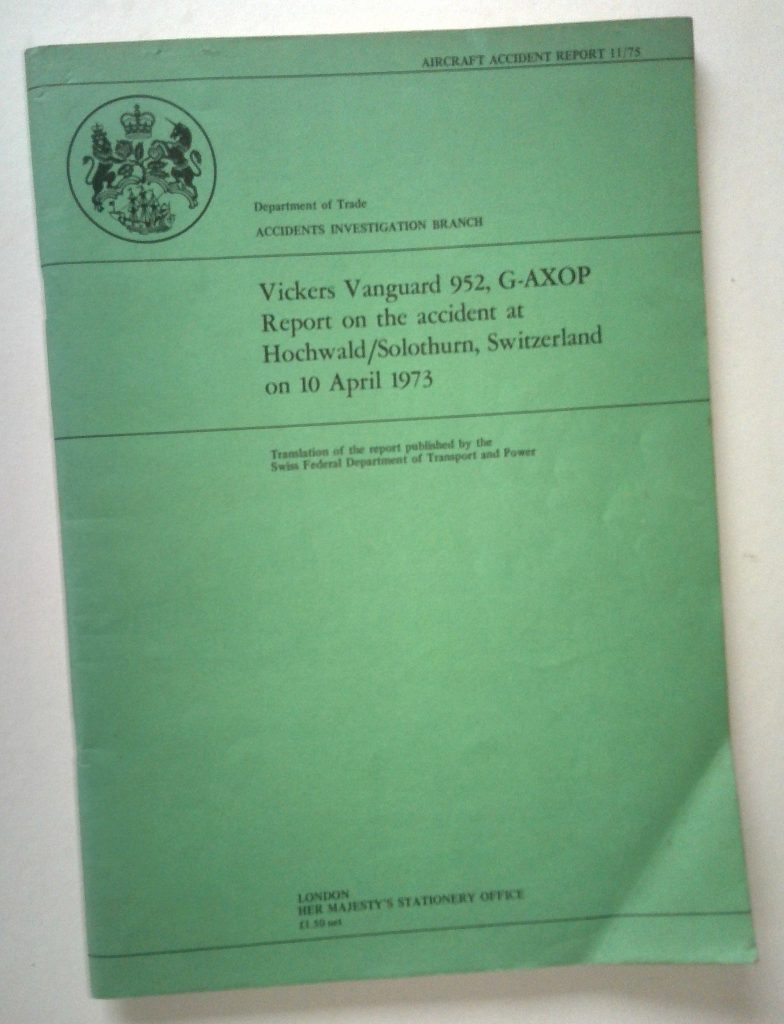
Brief account
On 10 April 1973, INVICTA International Airlines operated charter flight IM 435 from Bristol to Basel with a Vickers Vanguard 952, G-AXOP.
Following two unsuccessful instrument approaches (ILS) to runway 16 the aircraft brushed against a wooded range of hills 16 km south of Basel-Mulhouse airport and crashed in the vicinity of the hamlet Herrenmatt, in the parish of Hochwald/SO, at 09 .13 hrs.*
One hundred and four passengers and four crew members were killed in the accident, and thirty-five passengers and one hostess were injured. One hostess was unhurt.
The aircraft was destroyed. The accident happened in daylight in heavy snow with low cloud and poor visibility.
- The aircraft was destroyed.
- The accident happened in daylight in heavy snow with low cloud and poor visibility.
Probable cause of the accident:
The Federal Commission of Inquiry into Aircraft Accidents came to the following conclusion:
The accident is attributable to:
- Loss of orientation during two ILS approaches carried out under instrument flight conditions
The following factors contributed to the occurrence of the accident
- inadequate navigation, above all imprecise initiation of final approach as regards height and approach centre-line.
- confusion of navigational aids and
- insufficient checking and comparison of navigational aids and instrument readings (cross and double checks).
The poor reception of the medium wave beacons and technical defects in LOC receiver No I and glidescope receiver No 2 made the crew’s navigational work more difficult.
Conclusions
Findings
- The licences of the crew were in order and valid
- The crew was authorised to operate the flight and had landed in Basel-Mulhouse several times before.
- There was no reason to believe that the pilots had any medical disorders during the accident flight.
- The aircraft had been declared airworthy and was certificated.
- No signs of structural failure, fire on board, failure of the engines or the controls during the flight could be found.
- There were several faults in the aircraft’s radionavigational equipment resulting from poor maintenance which made the crew’s navigational orientation much more difficult.
- In the prevailing meteorological conditions in the Basel area only an instrument approach was possible. The atmospheric disturbances impaired the reception of the medium wave navigational beacons, but they still gave usable indications at least part of the time.
- According to the data record by the automatic equipment the visibility conditions on the instrument runway were at times below the minimum values permissible for the aircraft. They were not communicated to the crew.
The flight from Bristol to Basel proceeded apparently without operational or navigational difficulties as far as the Basel-Mulhouse terminal control area.
Even during the first procedure turn over the starting point for the approach beacon BN, navigational difficulties arose which led to the procedure turn being repeated.



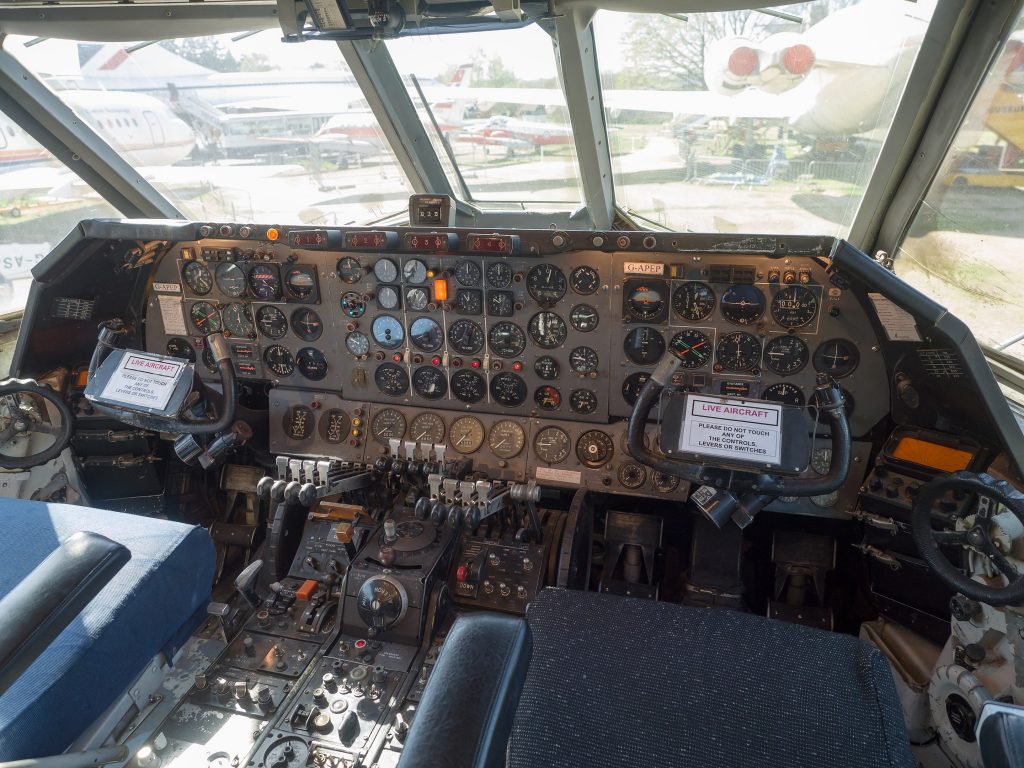


The first final approach resulted in a near-accident far from the aerodrome after the crew had established visual contact with the ground.
The second approach attempt was made to the south of Basel airport and without using the marker beacons of the ILS.
The overshoot during the second unsuccessful approach was initiated too late, so that G-AXOP, while still airworthy, crashed into steep wooded terrain.


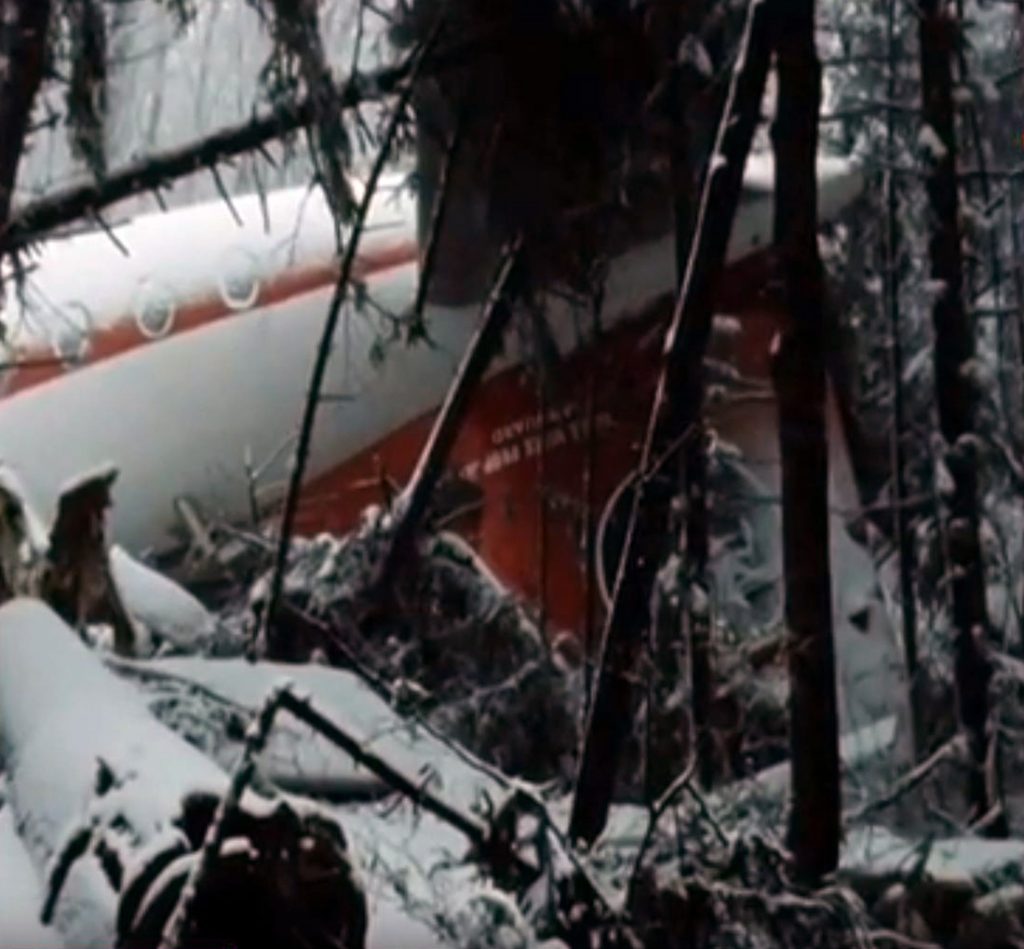
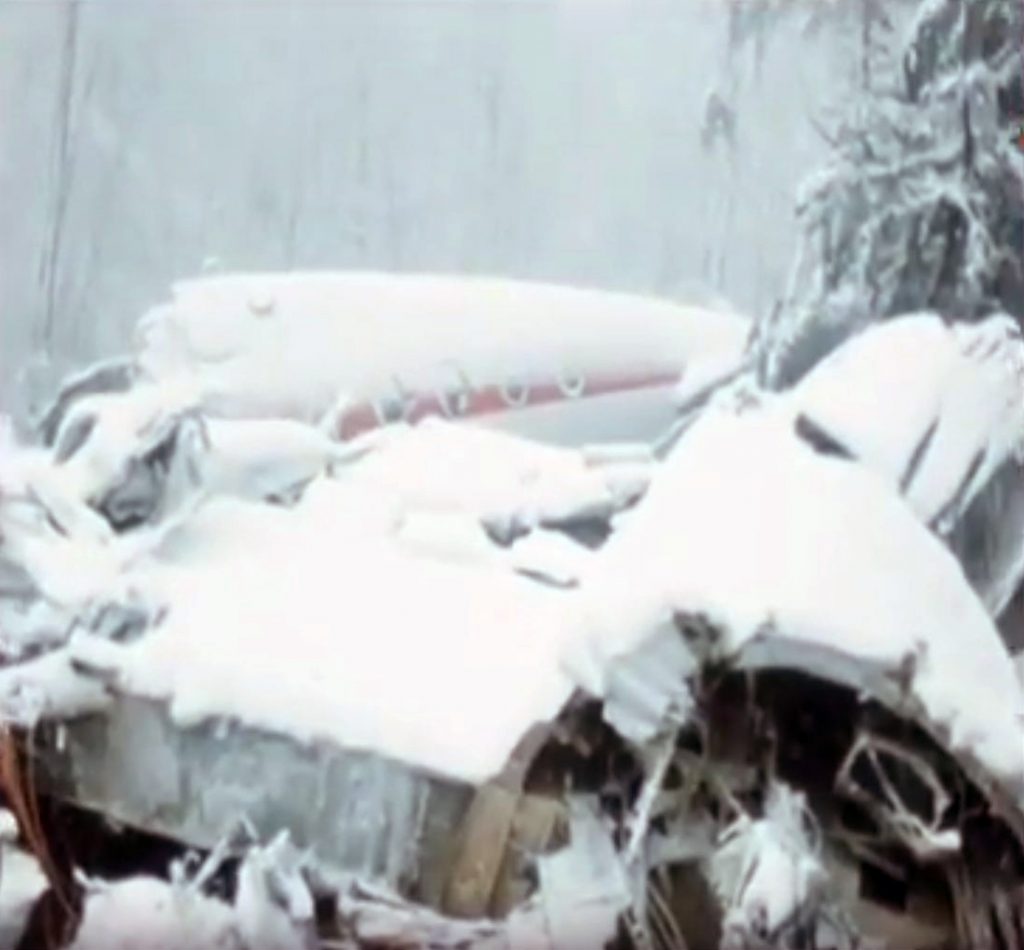

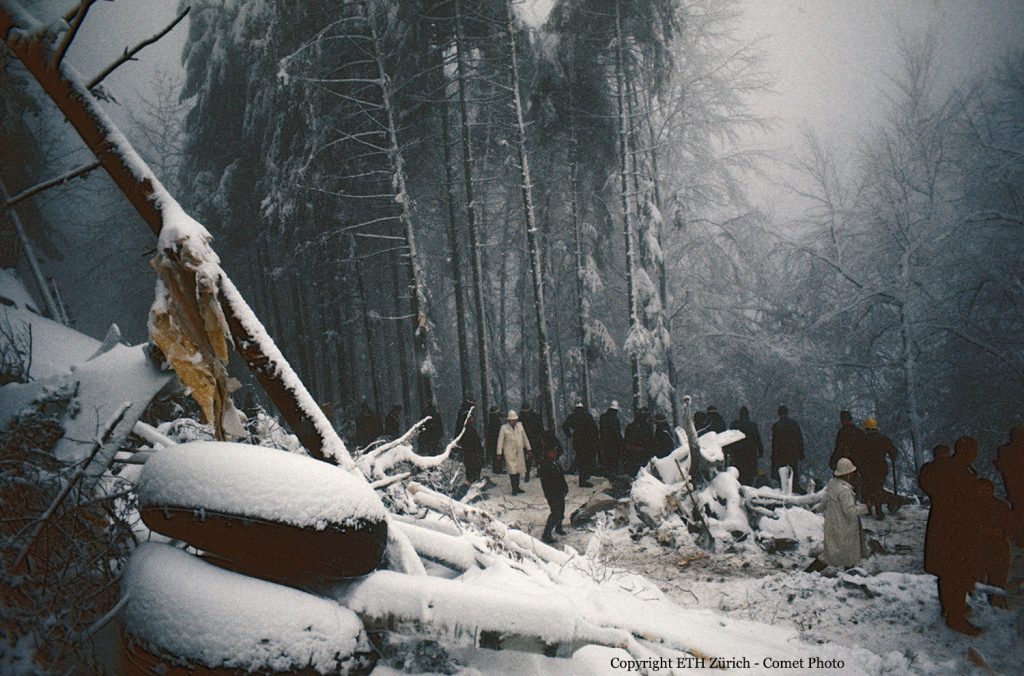
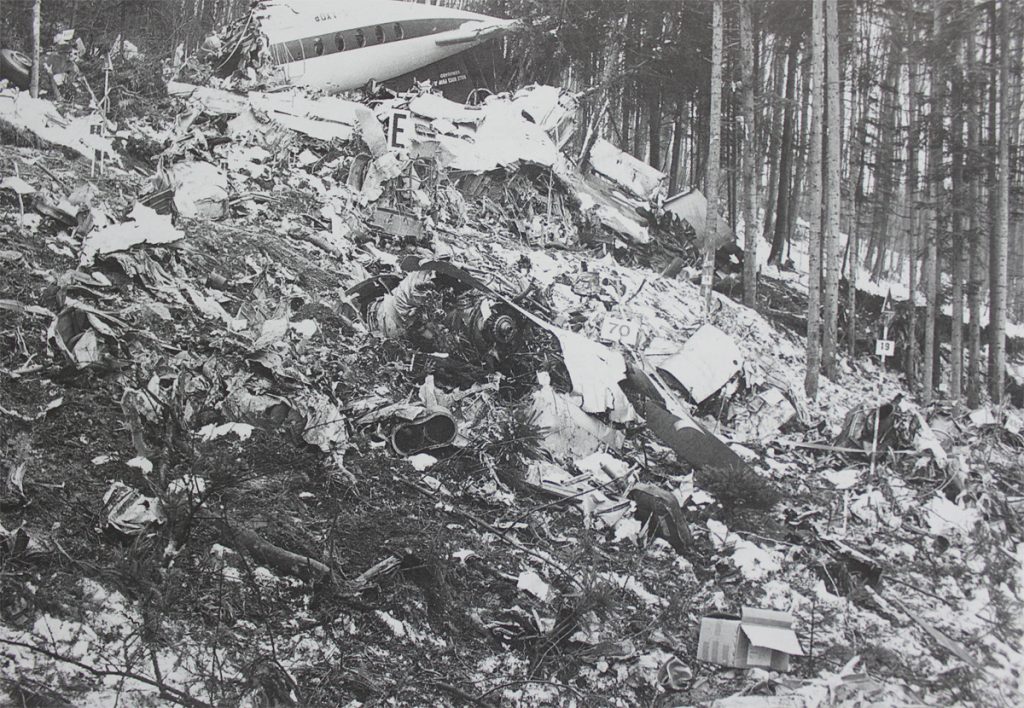
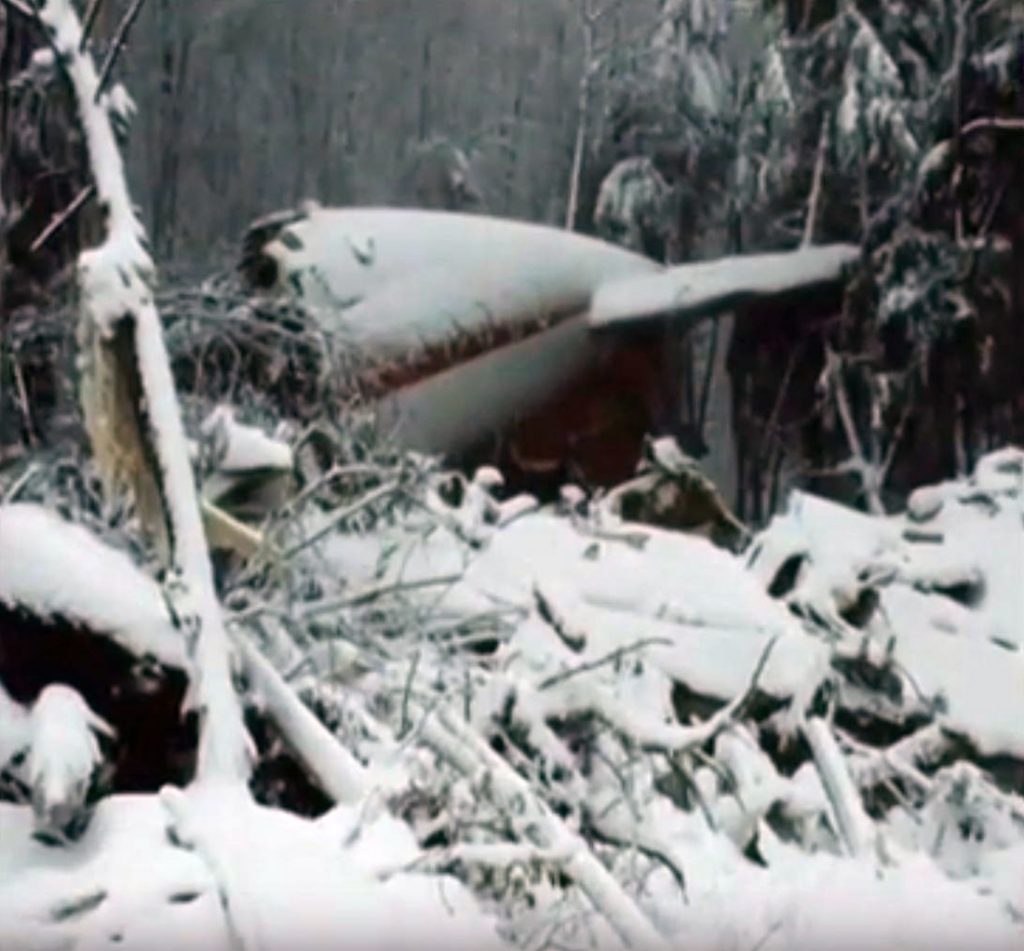
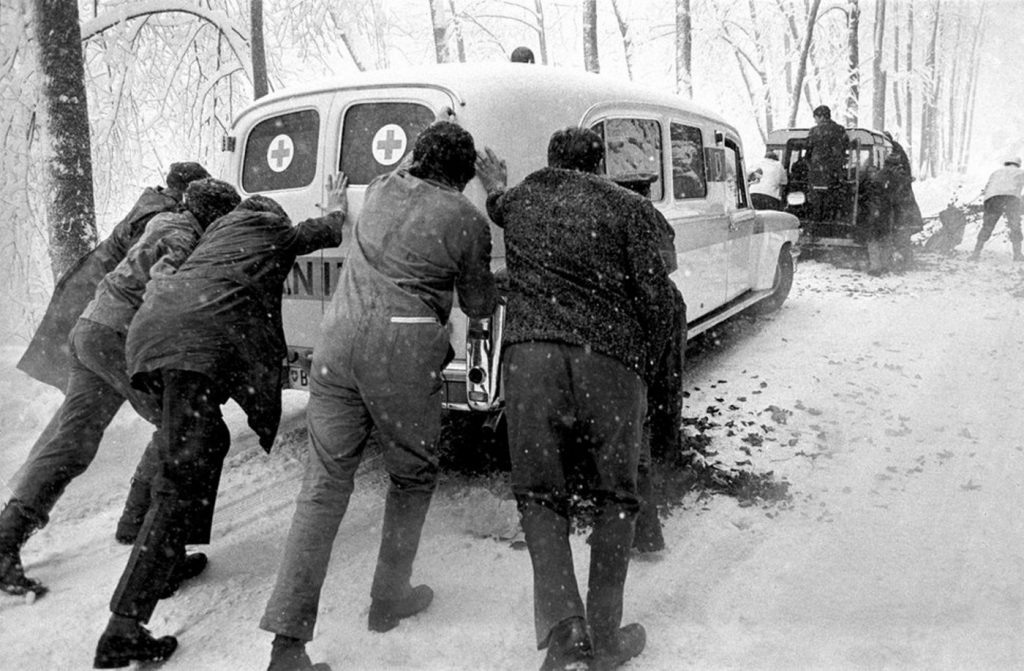





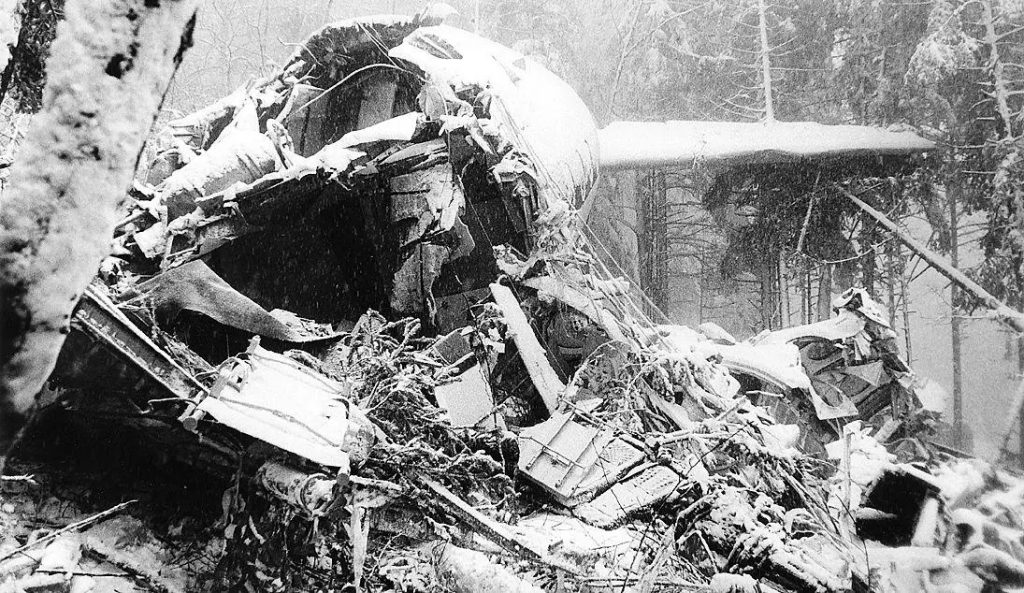
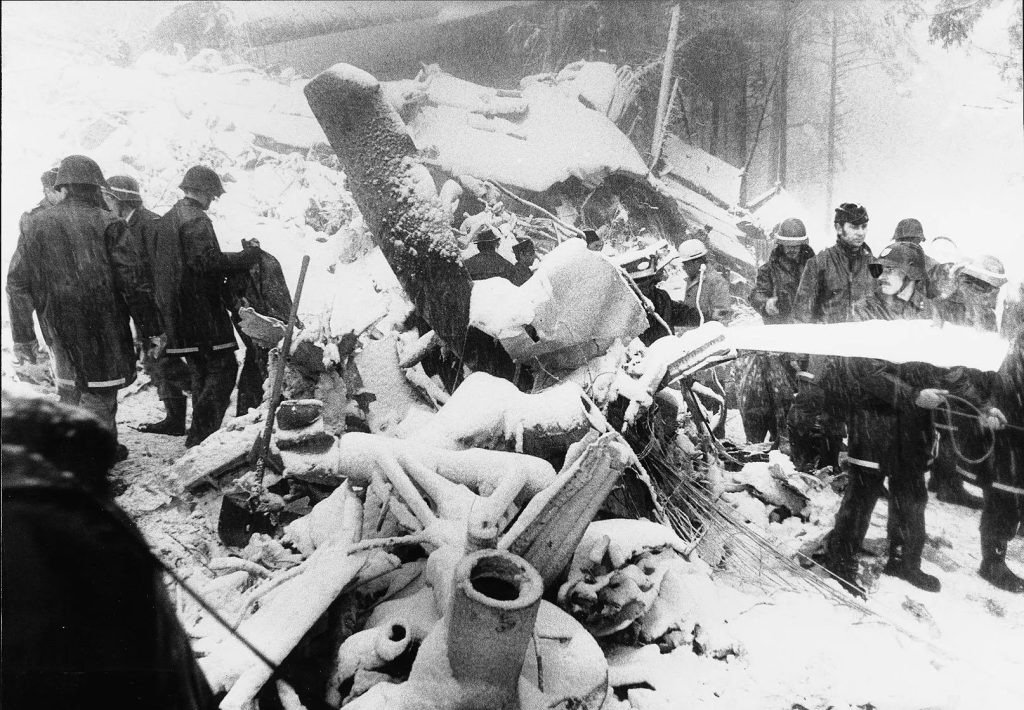

Read the full report.
